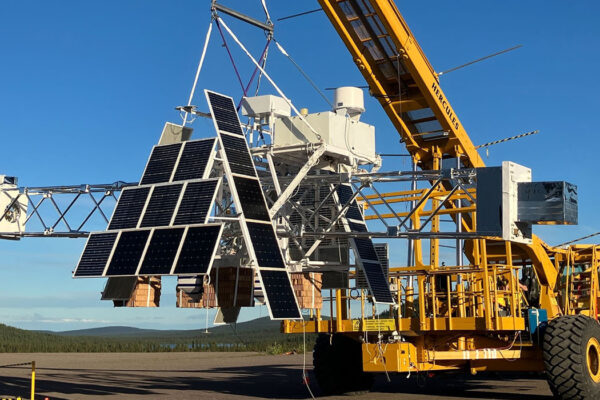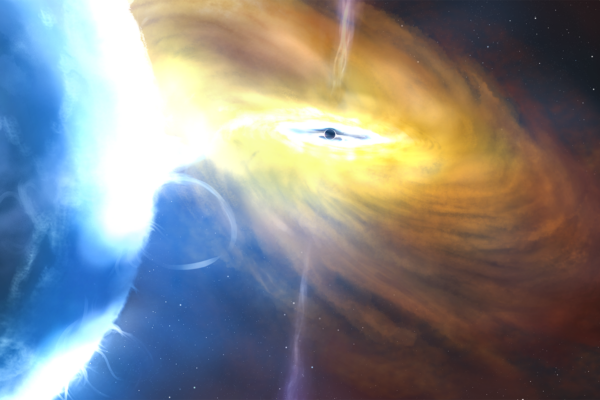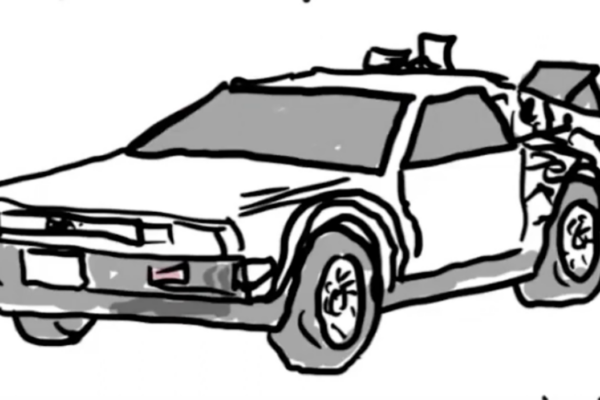A WashU team launched the Dilution Refrigerator Transition Edge Sensor (DR-TES) mission Sept. 24 from NASA’s scientific balloon facility in Fort Sumner, N.M. The mission is testing a sophisticated cooling system and a novel gamma-ray detector array in near-space conditions.
Henric Krawczynski, the Wilfred R. and Ann Lee Konneker Distinguished Professor in Physics in Arts & Sciences, leads the DR-TES mission with support from NASA and the McDonnell Center for the Space Sciences. DR-TES is a collaborative effort of WashU, the National Institute of Standards and Technology, the University of Colorado Boulder and the University of New Hampshire.
The mini-dilution refrigerator on DR-TES was designed to cool detectors to a temperatures of 80 millikelvin, enabling the high-precision measurements required for cutting-edge X-ray and gamma-ray detection. DR-TES reached a float altitude of around 131,000 feet and flew for a total of 9 hours and 52 minutes, according to NASA. The balloon and payload are safely on the ground and recovery efforts are underway. Krawczysnki described the flight as a “successful technology demonstration.”
WashU scientists on the DR-TES team are working to advance quantum sensor technology as part of the Center for Quantum Leaps, a signature initiative of the Arts & Sciences strategic plan.
Read more on the McDonnell Center website.



